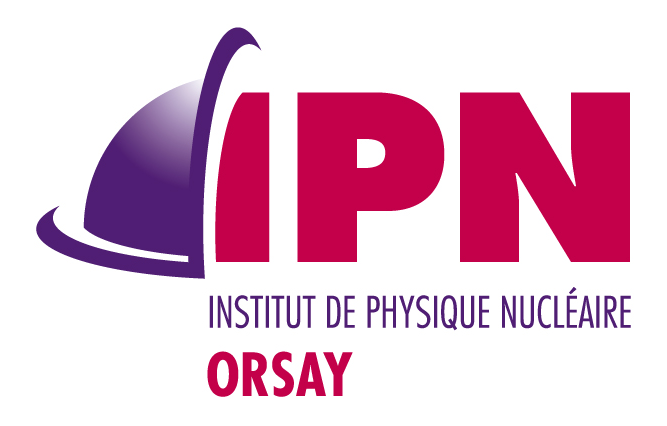Task 2: Development of chemically reactive nuclear beams – BEAMLAB (CNRS)
Contributing institutes: CERN, GANIL, IFJ PAN, INFN, CNRS
The ongoing development of isotope separation on-line (ISOL) facilities illustrates the power of the technique to produce radioactive nuclear beams. In Europe two major existing facilities are on an upgrade path: ISOLDE towards HIE-ISOLDE and SPIRAL towards SPIRAL2. In addition, ALTO recently became a running TA facility and SPES is in the construction phase. Such developments go hand in hand with R&D on the target and ion-source system (TIS) at the heart of the ISOL technique. With recent collaborative work on targets and ion sources, new nuclear beams of interest have been produced. The ActILab JRA in ENSAR has brought together common efforts and has provided a major step forward in the development of UCX targets, as well as for delivering more intense light beams such as 30Na or neutron-rich Be beams.
Because of the use of thick targets, the efficiency of the ISOL technique strongly depends on the physicochemical properties of the nucleus of interest, as well as those of the TIS material. However, this sensitive dependence can be turned into an advantage by a clever combination of material and chemical products. Various approaches have already been tried and tested to selectively extract nuclei of a particular chemical species or to improve the beam purity. In particular, the use of a chemical vapour to form a volatile molecule containing the nuclei of interest has proved its feasibility. Developing such devices would lead to the production of completely new nuclear beams using the ISOL technique and open the way to unexplored fields and applications. This approach has also been a cornerstone for Super-Heavy Elements research, a fast evolving research field at GSI, GANIL and JYFL.
The objective of this task is to address the required developments to produce nuclear beams for isotopes which are challenging because of the chemical reactivity of the element. These efforts will focus on the development of molecular beams exploiting gas-phase chemical reactions obtained by controlling the gas phase in the target volume. This requires an evaluation of the different physicochemical interactions which occur in the rest of the unit, from the target container, the transfer line to the plasma of the ion source itself. This task will be organised in four main subtasks:
- Subtask 2.1: Efficient ion sources for difficult ISOL beams
Different ion sources will be characterised in physicochemical conditions favouring the production of the ion species of interest. Computer calculations are also planned to optimise key parameters.
- Subtask 2.2: Material compatibility in reactive gas atmospheres
Because of the importance of the physicochemical interactions at the material surface, such a study will supply invaluable data to optimise chemically selective devices and to improve beam purity.
- Subtask 2.3: New molecular beams
Based on the chemical properties of the nuclei to be produced, suitable chemical products will be used to create volatile compounds containing the nucleus of interest.
- Subtask 2.4: Specific target designs for non-volatile elements
Key target parameters will be investigated to best release the nuclei of interest produced: target configuration, thickness and target material.
These subtasks are related and the work will focus on nuclei of interest such as rare-earth or non-volatile transition metals. Thus, the results of this R&D programme are expected to directly benefit existing ISOL facilities. Furthermore, the produced experimental data will directly serve for the forthcoming 2nd generation ISOL facilities.

